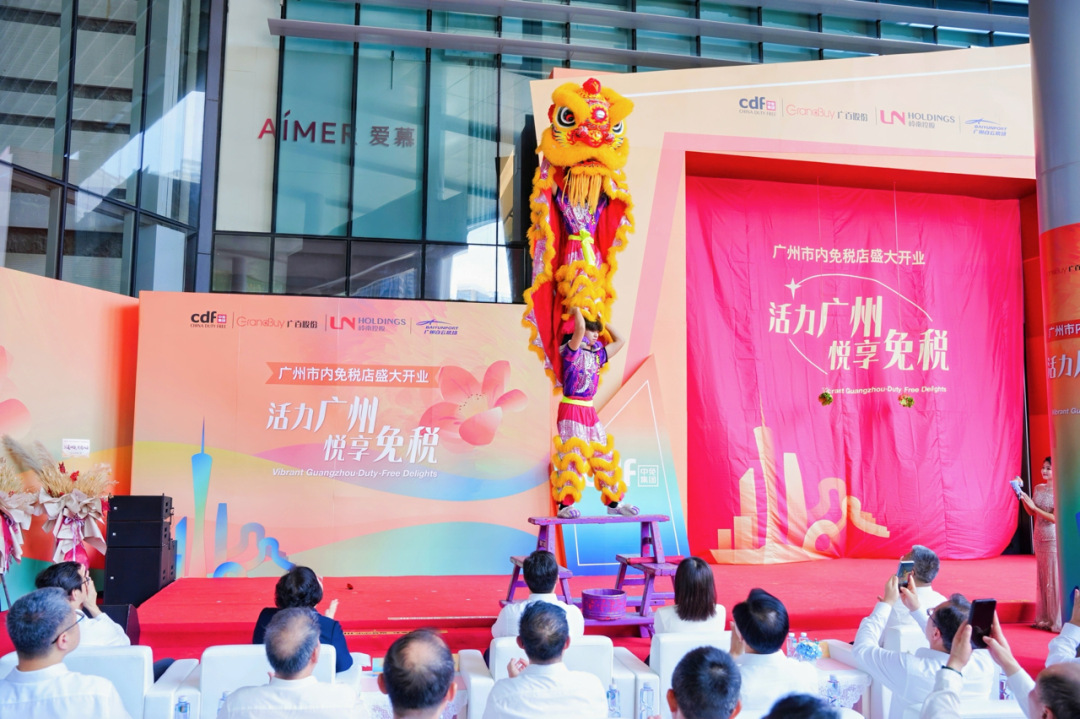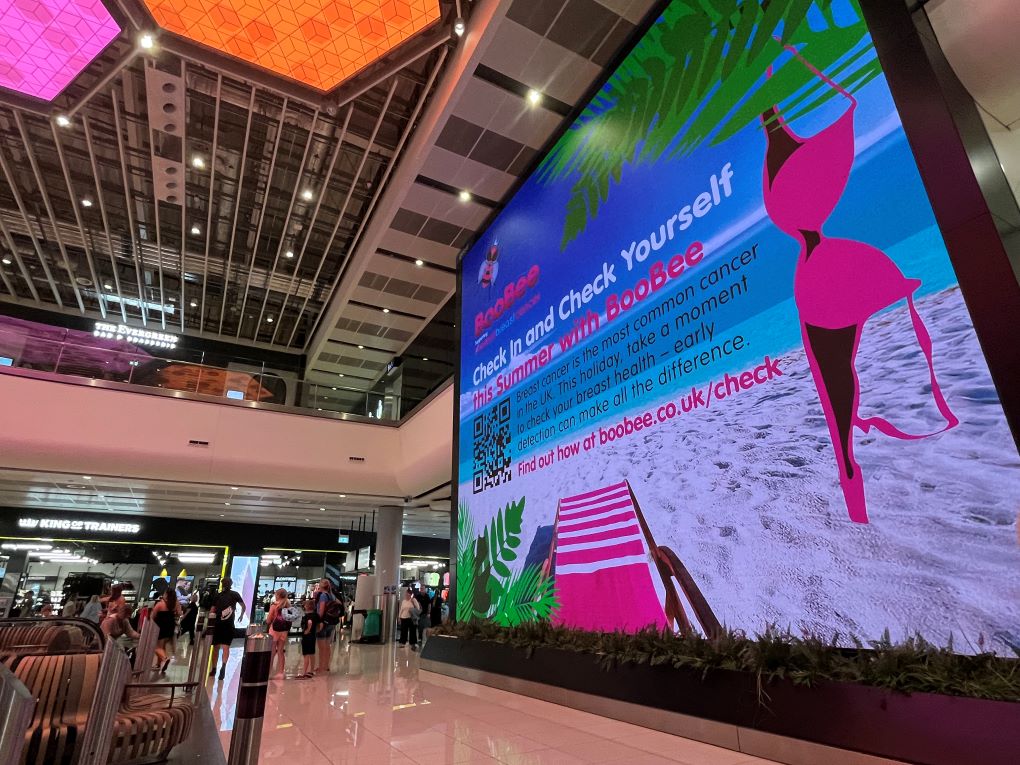MIDDLE EAST/AFRICA. A strong attendance of more than 300 participants covering 60 countries tuned into a joint webinar between the Middle East & Africa Duty Free Association (MEADFA) and Airports International Council (ACI) Africa on 30 June. Delegates received data-rich presentations and updates on non-aeronautical airport revenue recovery, and advocacy efforts, across the region.
Hume Brophy Managing Partner John Hume moderated the session, which featured contributions from ACI World Director, Economics and Policy Ilia Lioutov; M1nd-set CEO Peter Mohn; MEADFA Secretary General of Advocacy Working Group Rita Chidiac; Dubai Duty Free COO Ramesh Cidambi; and Coforge VP Innovation Sean Doherty.
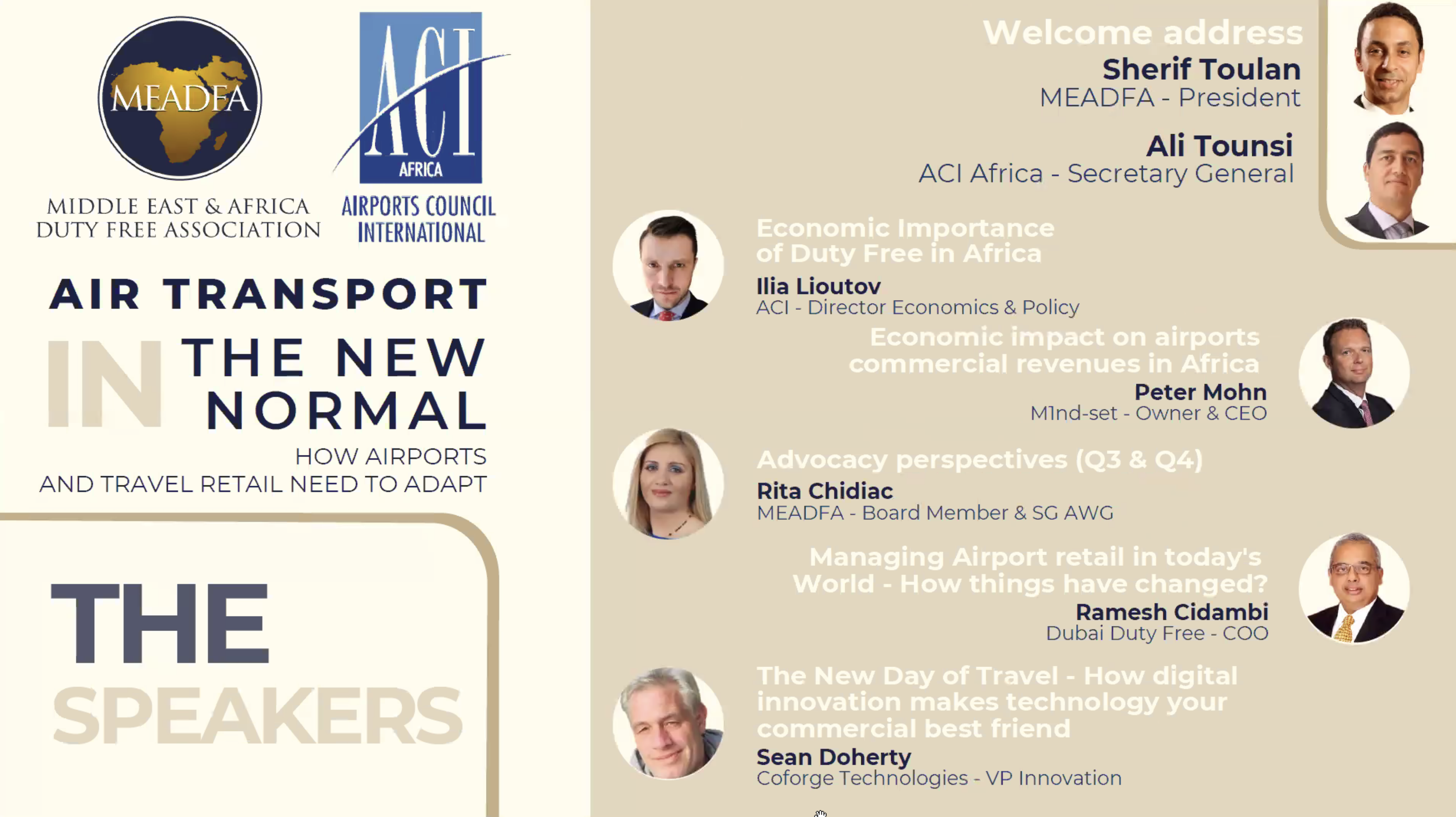
MEADFA President Sherif Toulan set the scene for the event by emphasising the importance of his organisation and ACI working together to speed recovery and safeguard the interests of the duty free industry.
He said: “It is obvious that regulatory and business threats are fast hitting our industry. Reinforcing increased cooperation between our two organisations is essential to reach to a strong unified voice. Together, we are more efficient in creating awareness and in keeping regulators and decision-makers informed and updated.

“We need to concentrate our efforts, first, on the recovery of our industries; and second, on our ability to build relationships with decision-makers. Working together is key; we will continue to help our members adapt to the new normal and hopefully get things back to a sustainable business in the near future.”
ACI Africa Secretary General Ali Tounsi echoed Toulan’s thoughts on the need for cooperation: “Stakeholders in these regions have shown exceptional adaptability and we will continue to foster the recovery process through cooperation across the region.
“Commercial revenue will be critical to getting our airports up and running again, so events like these are invaluable in promoting cooperation, understanding and innovation in our common interest.”

ACI World’s Lioutov revealed figures which emphasise the importance of retail concessions in both the Middle East and Africa, with the segment contributing 49.8% and 36.9% of total non-aeronautical airport revenues in the respective markets. Both numbers, he observed, are considerably higher than the global average of 26.4%.
He also presented a stark contrast in spend per passenger in the two regions in 2019, with the Middle East leading the world by some distance with spend of US$10.15 per head and Africa standing just below the world average at US$1.76.
Lioutov announced that ACI’s recognition of the importance of non-aeronautical airport revenues has been cemented by the formation of a sub-committee of the ACI World Economics Standing Committee in April 2021 to focus specifically on this subject.
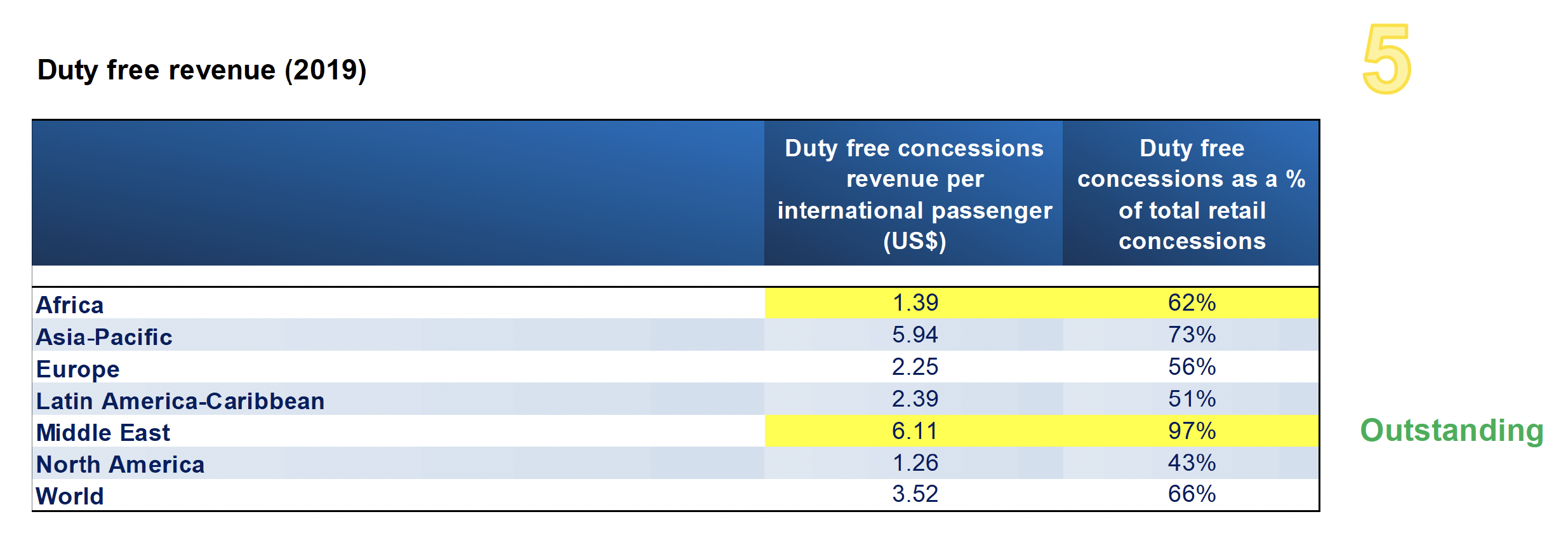
He said: “It is almost unbelievable that we [ACI] haven’t been able to give full justice to the subject of non-aeronautical revenues considering that these constitute on average 40% in the revenue structure of airports. For a very long time, this topic was overlooked.
“But we were able to set up this committee… there is substantial interest in disruptions, innovation and technological transformation of the non-aeronautical business and the way airports can adapt to those changes and to those opportunities and risks that arise.
“The COVID health crisis has dramatically affected the travel retail industry, so we need to find solutions as to how to adapt and how to overcome this crisis and establish a sustainable path to recovery.”
M1nd-set’s Peter Mohn shared a wide variety of insights into the behaviour of airport shoppers in the Middle East and Africa region. One of the key findings from M1nd-set’s Covid Impact Study for Q1 2021 is that 75% of travellers from the region will change their behaviour at the airport, compared with 54% of Europeans. Overall, only 29% of travellers from the Middle East and Africa region say they will spend less time shopping in the airport than they did pre-COVID.
The top three expected changes in shopping habits include isolating from crowds (70%), avoiding interacting with other passengers (46%) and paying more attention to information displayed on screens in the airport (34%). However, 93% of respondents said they are willing to continue to interact with retail ambassadors and sales staff in airport stores.
Updating the audience on advocacy efforts, MEADFA’s Chidiac reiterated her organisation’s commitment to fighting suggestions that the duty free industry is involved in the illicit trade of tobacco.
The implication could lead to a ban on the sale of tobacco in travel retail, and the loss of a key duty free category that was worth more than US$7.4 billion in 2019. Chidiac set out a strong position on the issue ahead of MOP2 (Meeting of Parties), which is due to discuss the World Health Organization’s (WHO) Illicit Trade Protocol (ITP) on 21 November.
She warned that the attack on duty free tobacco could eventually have implications for other key travel retail categories. Chidiac – who stressed the importance of MEADFA and ACI working together on this issue – said: “The sustainability of duty free is at stake. If the tobacco category is attacked do you think that the rest of the categories will not be impacted?
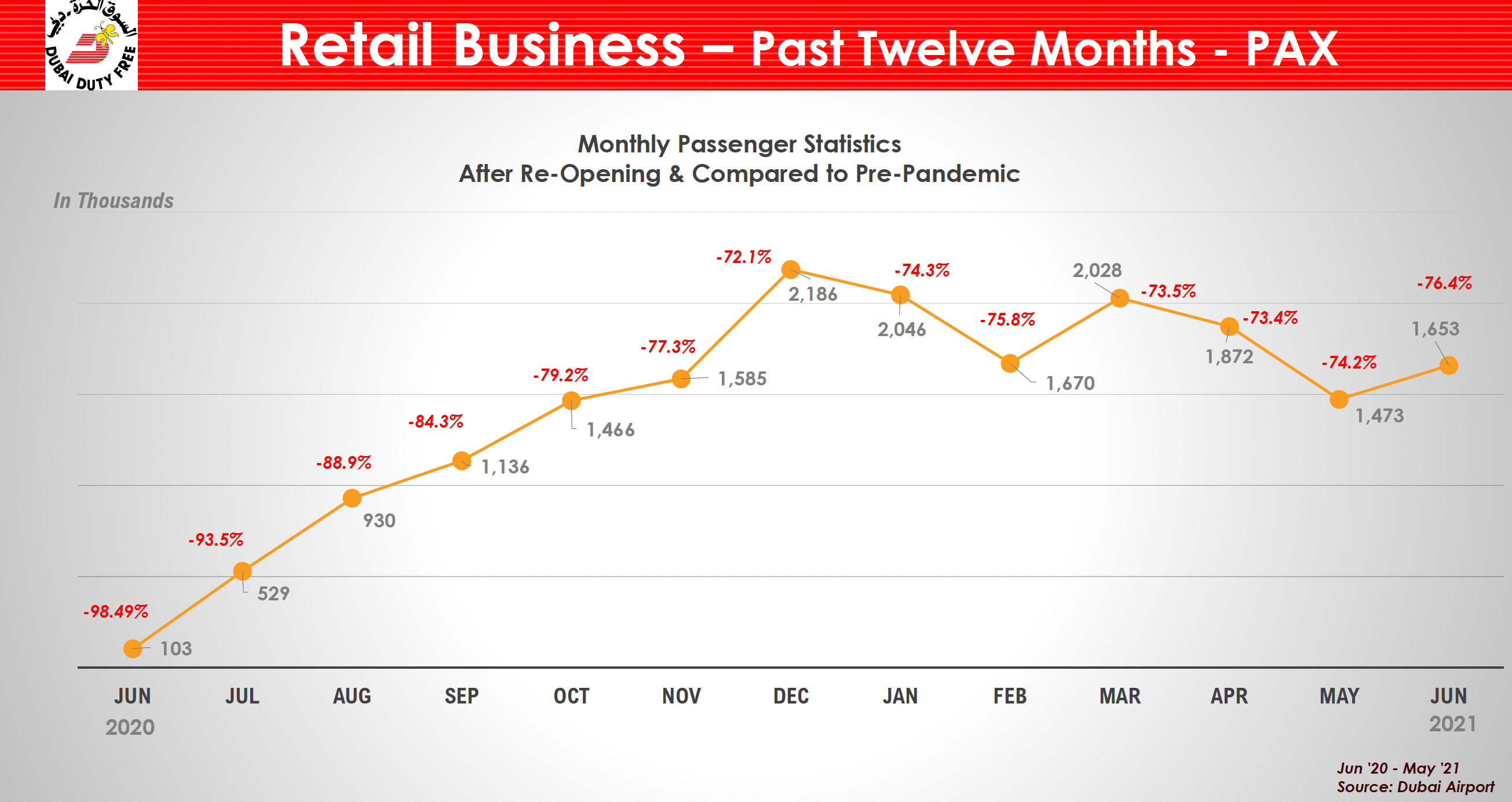
“All the research shows that the tobacco category is a destination category and has a footfall effect for all the rest of the categories. If this is at stake, all the rest will follow. Alcohol is already on the way, then confectionery, luxury, nothing is going to stop the WHO from attacking one category after the other.
“The reputation of our industry is at stake. We are not involved in any illicit trade of tobacco, it is very well controlled and legal. We should not be penalised for something that we are not doing. We have to really create awareness and start educating authorities and government bodies about this.”
Dubai Duty Free COO Ramesh Cidambi talked in upbeat terms about the retailer’s gradual recovery from the pandemic, which culminated in a return to profit in January this year and in each month since, despite still much-reduced passenger numbers.

He said: “We looked at our situation in the middle of last year and we said to ourselves that our first objective has to be to try and get back to profitability. We knew that we would lose a little bit of money in 2020, but we definitely wanted to be profitable in 2021.”
Cidambi – who revealed that 62% of Dubai Duty Free’s retail space has now reopened – explained that this has partly been achieved by a reduction in inventory by -55%, “looking at every line item in terms of capex”, and a significant reduction in staffing levels.
Summarising the reasons behind the turnaround in Dubai Duty Free’s fortunes, he added: “Our penetration rate has been consistently better than it was before the pandemic. We attribute that to better marketing, better customer service, less condition in the shops, clearer communication, and a team that is very, very motivated.”
Cidambi also highlighted positive results from the investments made by Dubai Duty Free in an ecommerce platform and increased digital marketing. “Overall our digital business has gone up by +165% compared to what it was before the pandemic,” he said.
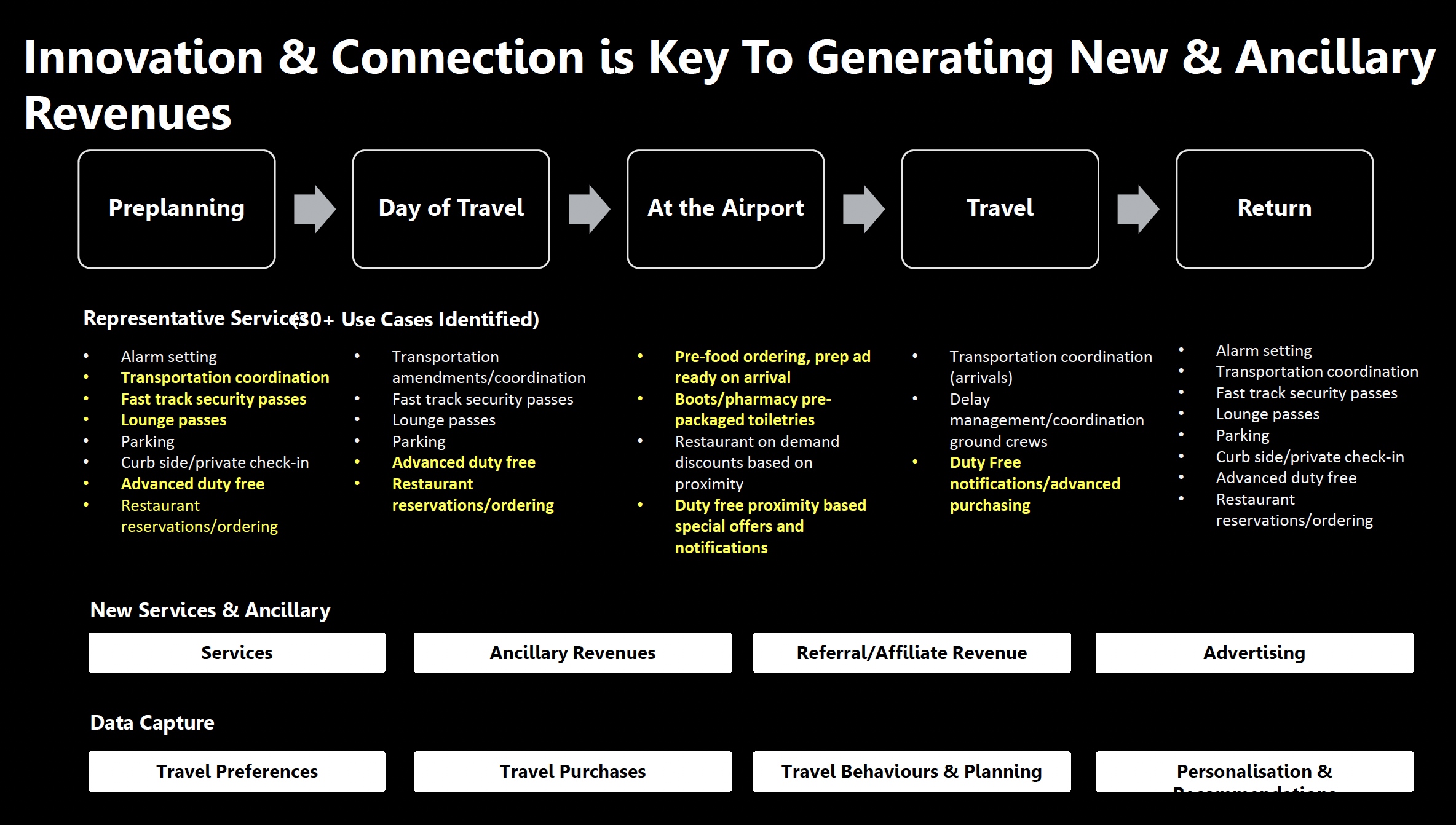
The subject of the potential of digital was covered in depth by the webinar’s final contributor, Coforge’s Sean Doherty. He gave a fascinating glimpse into the future, exploring the possibilities for airport commercial businesses to harness new technology such as AI (artificial intelligence) to help generate increased revenues.
He said: “Digital opens up a world of capabilities. But I think the most important thing to realise here is that if you get in contact with the customer in advance [of travel], and you can own that relationship, you can drive the experience, and you can drive those revenues.
“You’ve got to plan for this, you’ve got to innovate around it, you’ve got to look at what technologies you have available to you. And you’ve got to connect them, to bring that information together.”
See our interview with Dubai Duty Free Executive Vice Chairman and CEO Colm McLoughlin about his company’s resilience and the shape of recovery in the June edition of The Moodie Davitt Report magazine (p.152) here.








